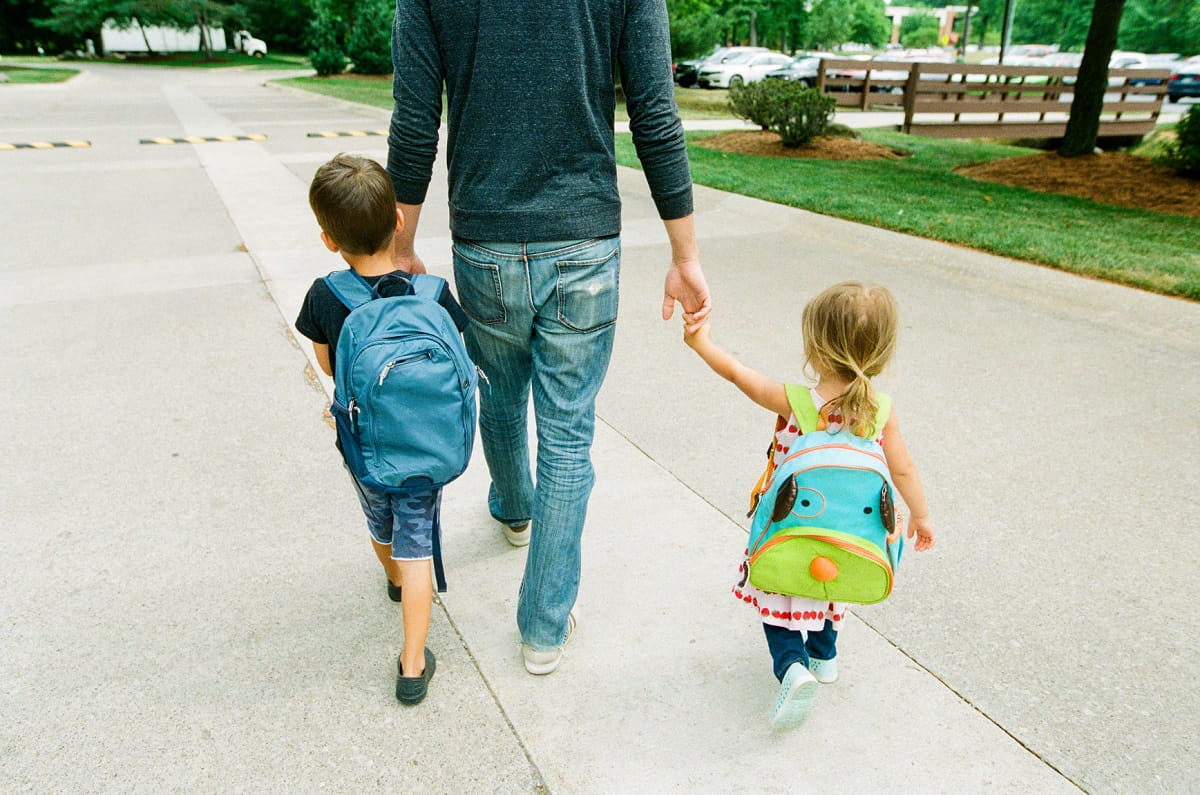New Teacher, New Class: 5 Ways to Help Kids Make Changes with Ease

By Cheryl Flanders
No matter the time of year, moving to a new classroom or being assigned a new teacher can be a tough adjustment for youngsters. Why? For one thing, making changes easily requires an executive-function skill called mental flexibility, which most children under the age of five are still working on developing. (But hey—even some of us adults have a little trouble adjusting to changes, too.)
Each child is different, which means reactions to change can vary: Some kids show up ready and raring to go in their new environs, eager to explore and meet new friends, while others can be a little clingy, tearful, or even refuse to look at the teacher or put a small foot in the door! If you think your little one might have trouble switching to a new classroom or teacher, take a look at some of our strategies to help him (and YOU!) feel better about the whole experience:
1. Set up a couple classroom visits a few weeks before the change. A lot of times, fear can come from the unknown. By visiting ahead of time (together!) she’ll get familiar with the layout and know what to expect.
2. Talk with your child’s teacher before the transition. Your child’s teacher should be your partner, so be open and honest right off the bat. Tell about how your child tends to handle change, what cause him to be stressed, or what behaviors the teacher might be look out for. Then, work together to develop the best plan for easing your child into his new surroundings.
3. Avoid sneaking away from your child at drop-off. It may be tough to say goodbye, but if she turns around to find you’re suddenly gone, she might be put through unneeded stress. Creating a consistent and predictable drop-off ritual from day one is key to making her feel secure and safe long-term. Try this for starters: Get to your child’s eye level and tell her what will happen. Tell her you will walk with her into the classroom as she puts her things away, and then you will leave and go to work—but you’ll be back to pick her up at the end of the day.
4. Set up a communication plan with your child’s teacher. Don’t be afraid to ask if the teacher or teacher’s assistant can call or email you updates on your child’s first day (or first week!) to let you know how he is doing. Then set up regular check-ins over the next few weeks to talk about any additional support your child may need.
5. Be enthusiastic! Just like laughter, excitement is contagious—rather than focus on nerves or uncertainty, get excited about the coming changes and she’s more likely to get hyped up too!




